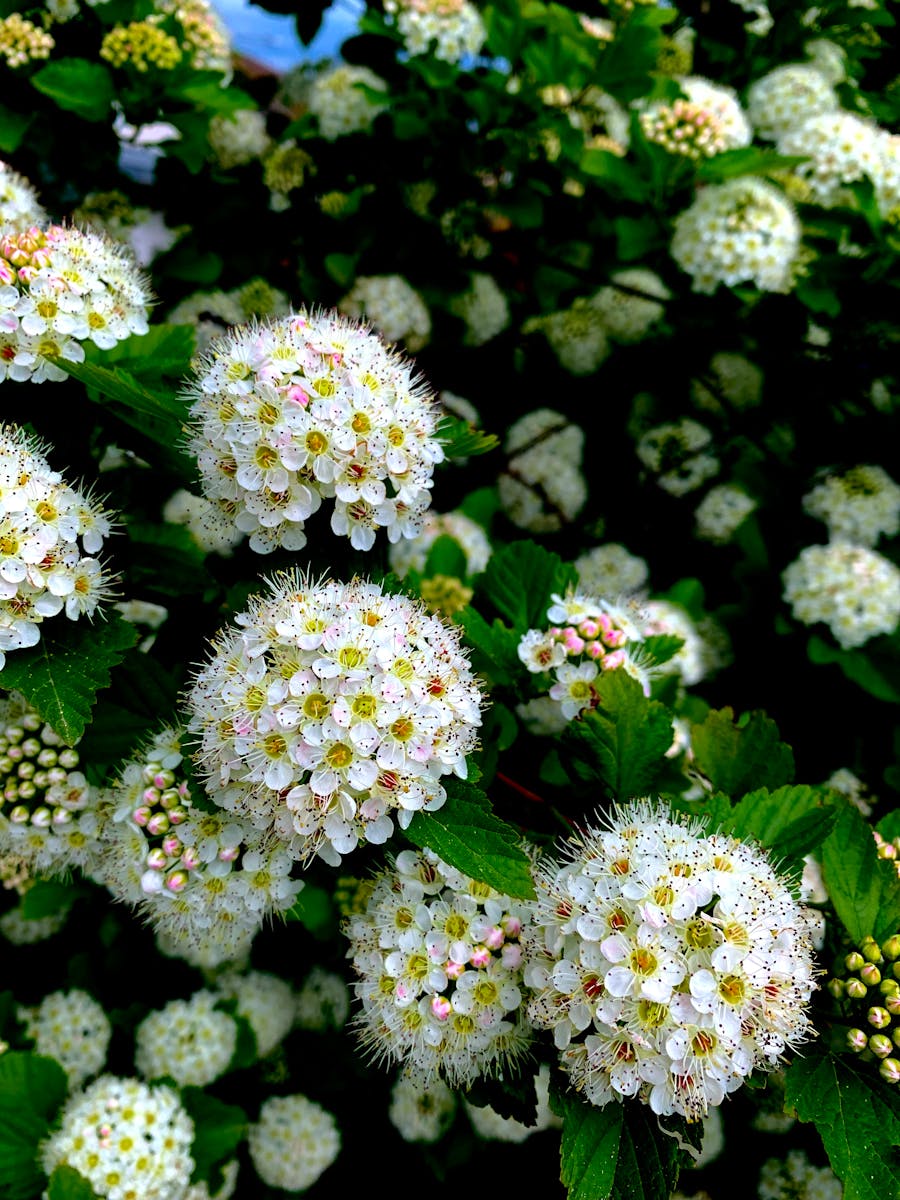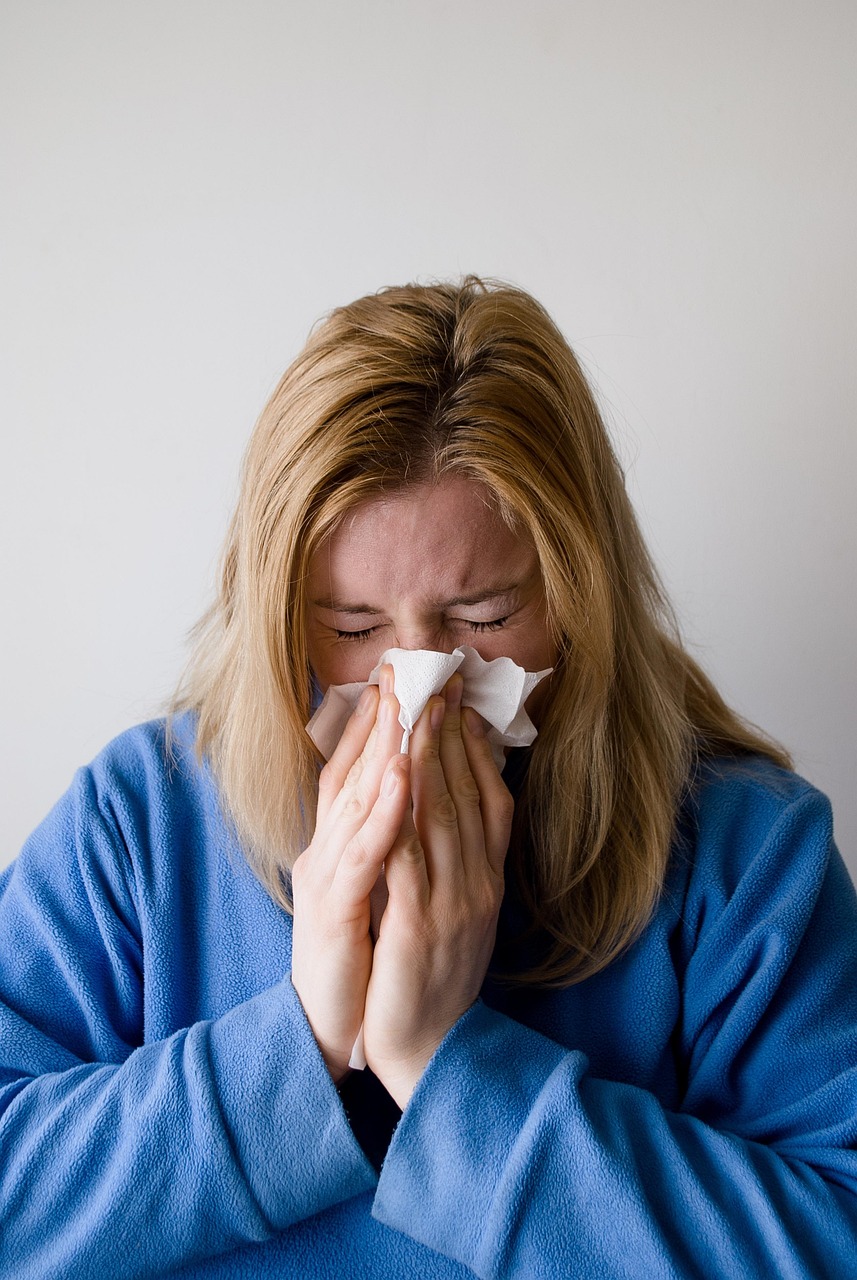The Role of Local Flora in Virginia Allergies: What to Know
Essential Allergy Tips: Understanding the Role of Local Flora in Virginia Allergies for Better Management and Relief – What You Need to Know About Virginia Allergies and Local Flora Effects
Essential Allergy Tips for Virginia Residents
Living in Virginia comes with its unique set of challenges, especially when it comes to allergies. With the region’s diverse local flora, understanding how these plants affect your allergies is crucial. Here are some valuable allergy tips tailored for those living near Virginia.
The Role of Local Flora in Virginia Allergies
Virginia’s rich natural environment boasts a variety of trees, grasses, and flowers, which contribute significantly to allergy seasons. During spring and fall, certain allergens can trigger reactions in many individuals. Knowing how the local flora affects your allergies can help you manage symptoms effectively. For instance, trees like oak, birch, and cedar release pollen that can aggravate allergy sufferers.
Practical Allergy Tips to Mitigate Symptoms
- Monitor Pollen Counts: Keep an eye on local pollen forecasts, especially during peak seasons. This can help you plan your outdoor activities accordingly.
- Limit Outdoor Exposure: On days when pollen counts are high, try to stay indoors, particularly during mid-morning and early evening when pollen levels are at their peak.
- Invest in Air Purifiers: Using HEPA filters in your home can help remove allergens from the air, providing you with a more comfortable living environment.
- Shower After Outdoor Activities: Washing off pollen from your skin and hair can help prevent indoor exposure.
Understanding Your Allergies: What to Know
The symptoms of allergies can vary widely from person to person, including sneezing, itching, and even difficulty breathing. It’s essential to identify specific allergens, particularly those associated with the local flora in Virginia. Consulting with a healthcare provider can lead to effective management strategies tailored to your needs.
Common Allergens Found in Virginia
Residents should be aware of the most common allergens in the area, which include:
- Pollen from trees (oak, maple, and pine)
- Grass pollen (timothy, Bermuda, and Kentucky bluegrass)
- Weed pollen (ragweed being the most notorious)
Each of these allergens can vary in activity depending on the season, making it vital to stay informed about what to expect.
Local Flora’s Impact on Seasonal Allergies
As the seasons change, so does the type of pollen released into the air. The role of local flora in Virginia allergies cannot be overstated. Spring brings tree pollen, while summer introduces grass, and fall is notorious for weed pollen. By understanding these patterns, you can better prepare for allergy seasons and reduce adverse effects.
Implementing Effective Allergy Management Strategies
In addition to the tips mentioned above, consider speaking with local allergists who can provide personalized recommendations based on your specific triggers. Regular check-ups and allergy testing can help you stay ahead of your symptoms and improve your quality of life.
Conclusion
By embracing the essential allergy tips laid out in this guide, and understanding the role of local flora in Virginia allergies, you can navigate allergy season with confidence. Stay informed, take proactive measures, and enjoy the beautiful landscapes of Virginia while minimizing your allergy symptoms.
Keywords: Virginia allergies, allergy tips, local flora impact, Virginia allergy information, seasonal allergies Virginia, allergy management tips, Virginia plants and allergies, pollen counts Virginia, Virginia wellness hub, allergy relief strategies, local flora benefits, Virginia allergy resources, managing allergies, nature’s role in allergies, allergy awareness Virginia.
news via inbox
Stay Connected
Specializing in:








